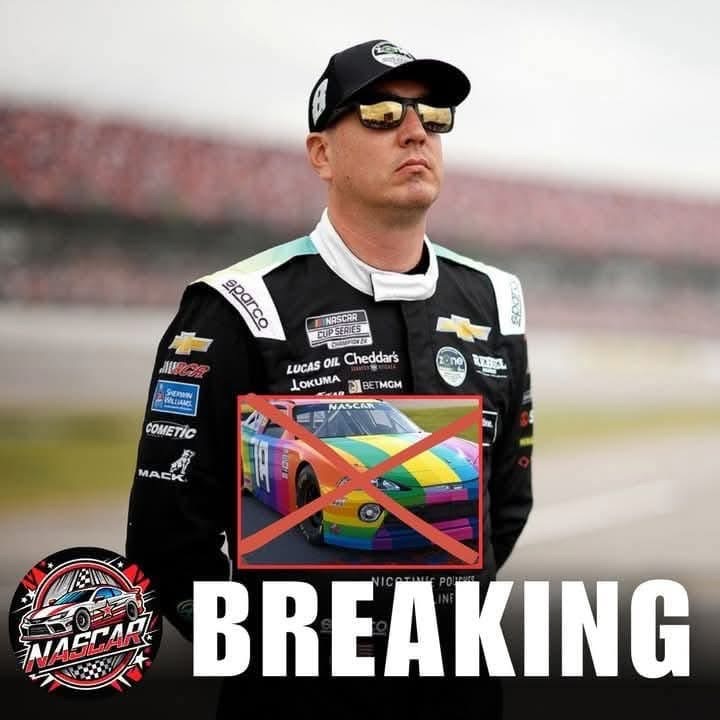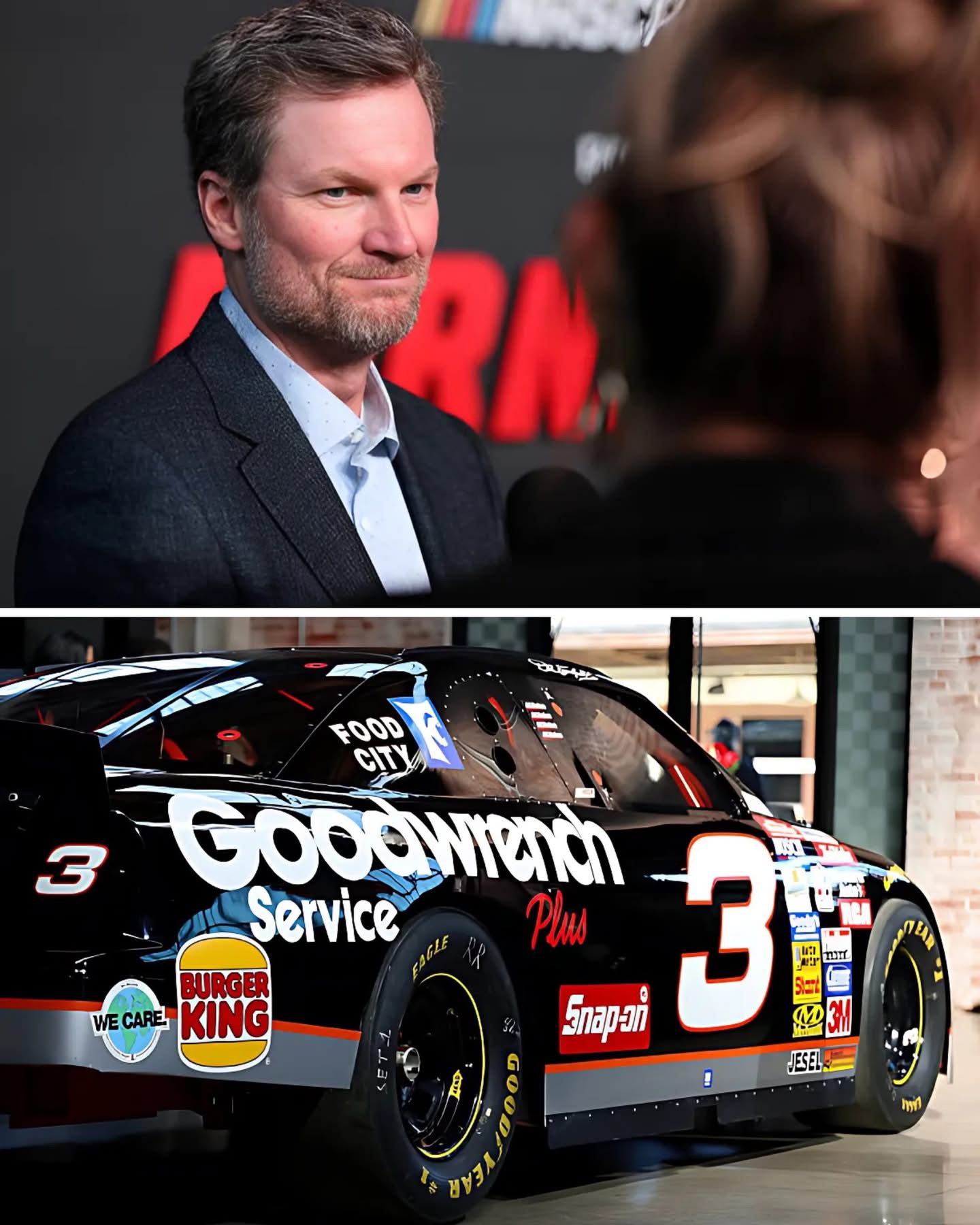How Dale Earnhardt’s Death Sparked NASCAR’s Safety Revolution
On February 18, 2001, NASCAR suffered one of its darkest days when Dale Earnhardt, a seven-time Cup Series champion and one of the sport’s most beloved figures, died in a last-lap crash at the Daytona 500. His death sent shockwaves through the racing world and became the catalyst for sweeping safety reforms that transformed NASCAR into a significantly safer sport.
### **Immediate Aftermath and Investigation**
Earnhardt’s crash appeared relatively minor compared to other wrecks, but the impact with the wall at nearly 160 mph resulted in a fatal basilar skull fracture. The tragedy led to an intense investigation into NASCAR’s safety standards, with scrutiny on driver restraints, car design, and track safety measures.
An official inquiry revealed that Earnhardt’s lap belt had torn during the crash, potentially contributing to his fatal injuries. His reluctance to use a Head and Neck Support (HANS) device—designed to prevent fatal skull fractures—also became a focal point. At the time, many drivers resisted the device due to discomfort and a belief that it restricted movement. However, Earnhardt’s death made its adoption inevitable.
### **Sweeping Safety Changes**
In the wake of the tragedy, NASCAR made significant changes, including:
1. **Mandatory HANS Devices** – By 2001, all drivers were required to wear HANS devices, reducing the risk of basilar skull fractures.
2. **SAFER Barriers** – Energy-absorbing SAFER (Steel and Foam Energy Reduction) barriers were installed at all major tracks to reduce impact forces.
3. **Improved Seatbelts and Seats** – NASCAR introduced stronger five- and six-point harnesses and rigid carbon-fiber seats for better impact protection.
4. **Enhanced Car Design (Car of Tomorrow)** – In 2007, NASCAR introduced the “Car of Tomorrow,” featuring a reinforced roll cage, energy-absorbing foam, and a larger driver compartment for improved crash safety.
5. **Medical and Safety Teams** – NASCAR implemented mandatory pre-race health evaluations and expanded its on-track medical response teams.
### **Legacy**
Earnhardt’s death marked a turning point for NASCAR, leading to two decades of continuous safety improvements. Since 2001, no driver has died in a top-tier NASCAR event, a testament to the effectiveness of these reforms. His legacy lives on, not just in his legendary career but in the lives saved by the safety measures inspired by his passing.










